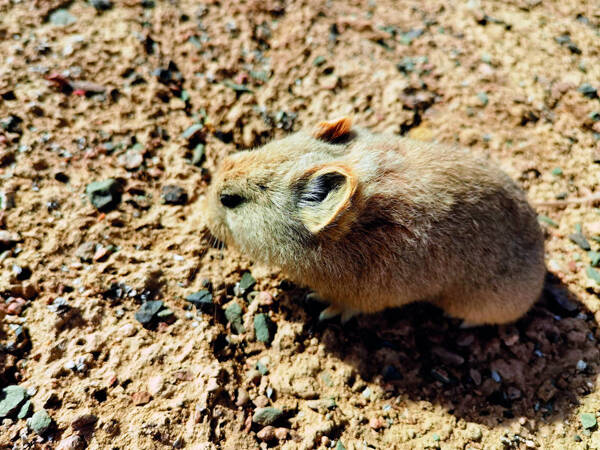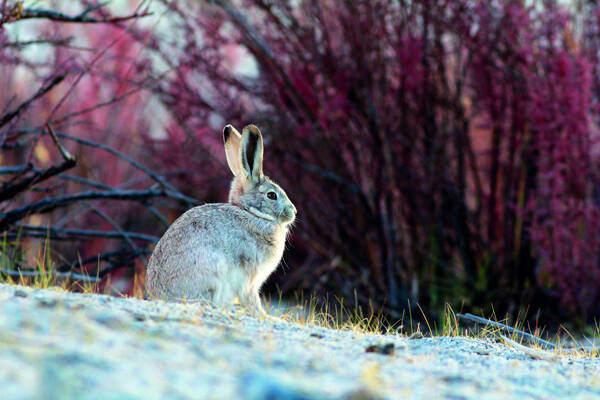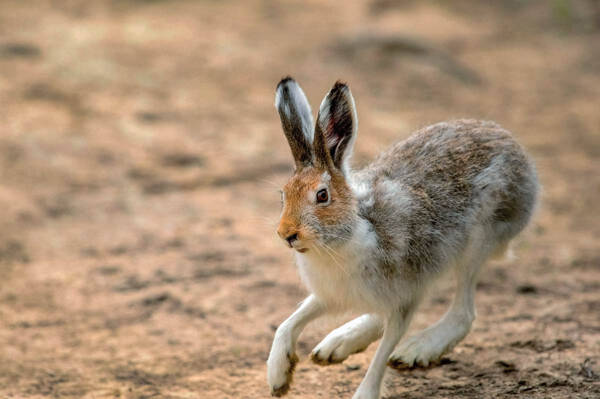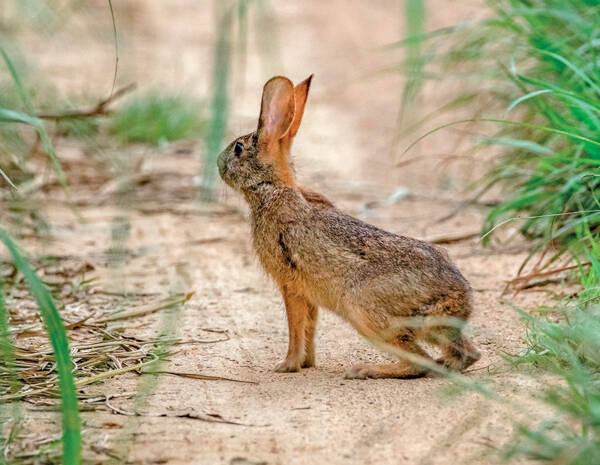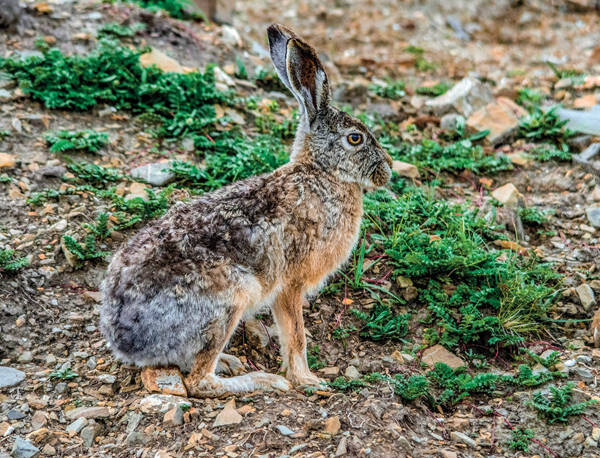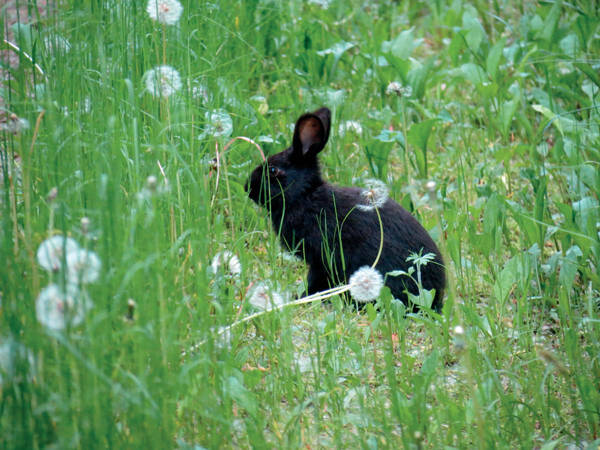Lepus yarkandensis
IUCN
LCBasic Information
Scientific classification
- name:Lepus yarkandensis
- Scientific Name:Lepus yarkandensis,Southern Xinjiang rabbit, Shache rabbit, hare
- Outline:Lagoiformes
- Family:Lepus
Vital signs
- length:29-43cm
- Weight:1.2-1.6kg
- lifetime:5-12years
Feature
It is a unique species in the Tarim Basin and a remnant species of the Tarim paleo-block.
Distribution and Habitat
The Tarim rabbit has no subspecies differentiation and is a special species in my country. It is distributed in the Tarim Basin and Lop Nur area in Xinjiang. The distribution area is almost circular, including Aksu, Ruoqiang, Milan, Arakan, Yuli, Korla, Bachu, Qiemo, Shache, Hotan, Kashgar and other places.
The Tarim rabbit lives in the rivers and Lop Nur near the Tarim Basin at an altitude of 900~1200 meters, as well as in the poplar and red willow forests on both sides of the river, the semi-desert grasslands around the Taklimakan Desert in the center of the basin, and the flooded areas of the Tarim River.
Appearance
It is small in size and has lighter fur. Its body length is 29 to 43 cm, its tail is 6 to 11 cm, and its weight is 1.2 to 1.6 kg. It uses its long ear shells to receive faint sounds from a long distance, allowing it to detect and escape its predators in time. Its fur is short and straight [2]. Its fur is very light in winter, with the back of its head and tail being light sandy brown. In summer, its back is sandy brown with fine gray-black spots, its sides are sandy yellow, and its chin, throat, and abdomen are white. The color of its head and face is the same as its back, with its cheeks being lighter and the area around its eyes being darker, dark sandy brown. There is a sandy yellow horizontal band under its neck. The back of its tail is the same color as its back, and its belly is white. Its fur is very light in winter, with the back of its head and tail being light sandy brown. Females have three pairs of nipples, two on the chest and one on the abdomen.
Details
The Tarim rabbit is called Yarkandhare in English and is a typical desert species.

After the Himalayas rose, the Kunlun, Altai and Qilian Mountains rose strongly, and after being connected with the Eurasian continental block, the land area increased, blocking the Indian Ocean warm current, and the climate of the Tarim Basin became increasingly dry. Although the Tarim rabbit is located in the Palearctic, it is a species of the Oriental kingdom and belongs to the Oriental kingdom component of the Palearctic.
The Tarim rabbit is generally active in the morning and dusk, but there are certain changes with different seasons. In winter, in order to avoid enemies, it only comes out to forage before dawn and after dusk. Most of them are active in the soft sand dunes with red willows, digging the roots of plants such as reeds, apocynum, licorice, and camel thorn for food, and hiding under the bushes during the day. In summer, it often comes out during the day. The hearing organ is very developed, and the ear is up to 10 cm long, which is longer than other rabbits.
Summer is the breeding season of the Tarim rabbit, and the pursuit and courtship activities of males and females can last from February to July. The females give birth to 2-3 litters per year, with 2-5 pups per litter. Newborn pups are covered with fur, have open eyes, and can move. The nursing period is only 3-5 days, after which they can leave the females and live independently.
Based on the estimated 10,000 Tarim rabbits in the suburbs of counties around the Tarim Basin, the number is about 200,000.
The main reasons for the year-on-year decline in the production of Tarim rabbits are the rapid increase in population, the continuous increase in cultivated land area and traffic volume, and frequent hunting activities. Therefore, compared with the past, Tarim rabbits are rarely found in areas around almost all cities or counties in southern Xinjiang. In addition, the habitat and distribution area of Tarim rabbits are narrow, and human interference and habitat destruction are likely to pose a direct threat to the survival of Tarim rabbits. Since the Tarim rabbit is endemic to China, has a limited distribution range, and has certain scientific research value, it is necessary to investigate and study its population status and ecological and biological issues to provide a theoretical basis for future scientific management and rational utilization.
Listed in the Red Book of Endangered Animals in China: Vulnerable.
Listed in the IUCN Endangered Level: LR/nt (Near Threatened)
Listed in the second level of the "List of National Key Protected Wildlife in China".
Protect wild animals and eliminate game.
Maintaining ecological balance is everyone's responsibility!

